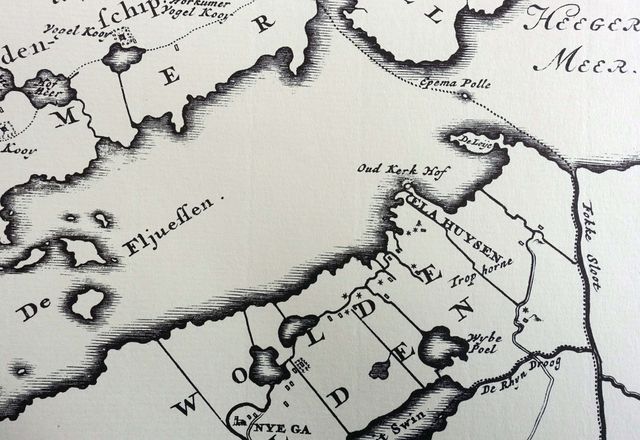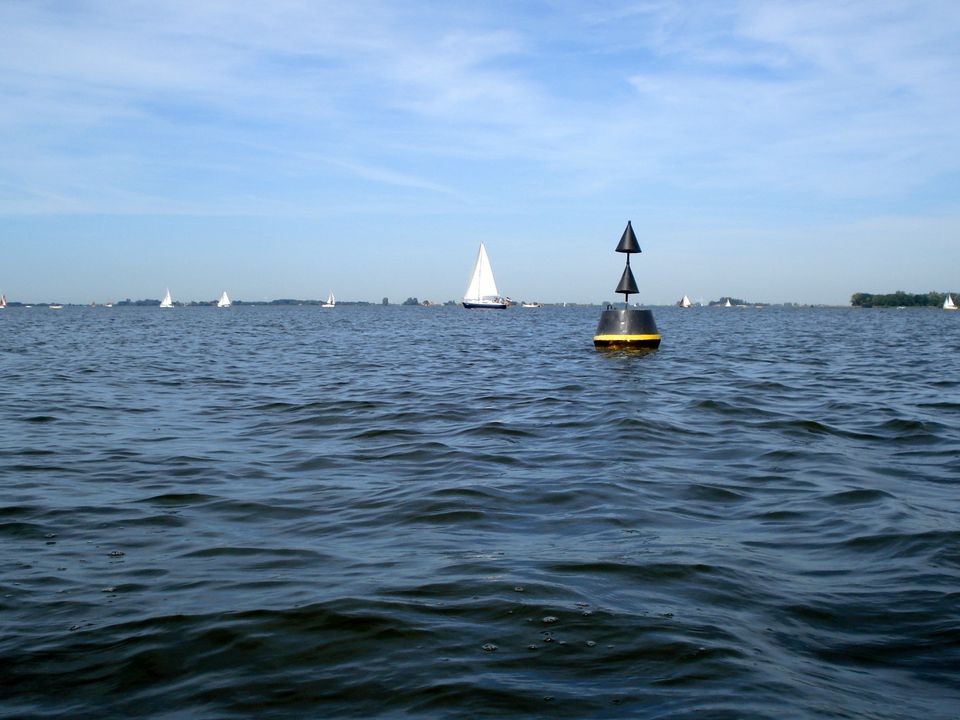The drowned land of Elahuizen
IIn 1680, the wind drove water levels so high that the water drowned an entire village. Sail to the black-yellow cardinal buoy in the Frisian lake the Fluessen to see where the church of Elahuizen used to stand. And listen... do you still hear the church bell ringing?
A self-inflicted disaster
Let’s go back to the Ice Age. Glaciers from Scandinavia pushed up the land, creating the hills in the Gaasterland region, and they also created elongated depressions, in which the Heegermeer, the Fluessen and the Morra are now situated. As the ice retreated, a layer of peat of about four to five meters was deposited on the land. Farmers dug drainage ditches to make the marshy area dry and accessible. The land subsided and the peat settled. Southwest Friesland became prone to flooding, also by seawater. The land reclaimers were unaware of the danger they were creating for themselves. Peat flooded by seawater could no longer be used for agriculture, but was suitable for salt extraction. Names of lakes such as Sâltpoel, Brandeburen and Brandemar remind us of the salt extraction that took place there. Settlement, peat stripping, wave action, salt extraction and forest and peat fires resulted in increased flooding in Southwest Friesland, expanding the lakes.

Elahuizen submerged
Elahuizen is one of the villages that fell victim to this. Old stories tell us that the village was first threatened by the waves of the Fluessen in 1543. And once again in 1578. In 1649, the raging waters caused so much damage that the Frisian state government allocated a subsidy for repairs to the church. To no avail. In 1652, the church and churchyard needed to be moved a few hundred metres to the south. Unfortunately, the suffering of Elahuizen was not to stop there. Some 30 years later, the relocated church and churchyard were once again flooded. Elahuizen drowned and ceased to exist. The Elahuizen we know now is actually the neighbouring village of Nijega. In 1967, at the request of the postal services, the name of this village was changed to Elahuizen. There were several villages called Nijega in Friesland, which the postal services found rather confusing.

